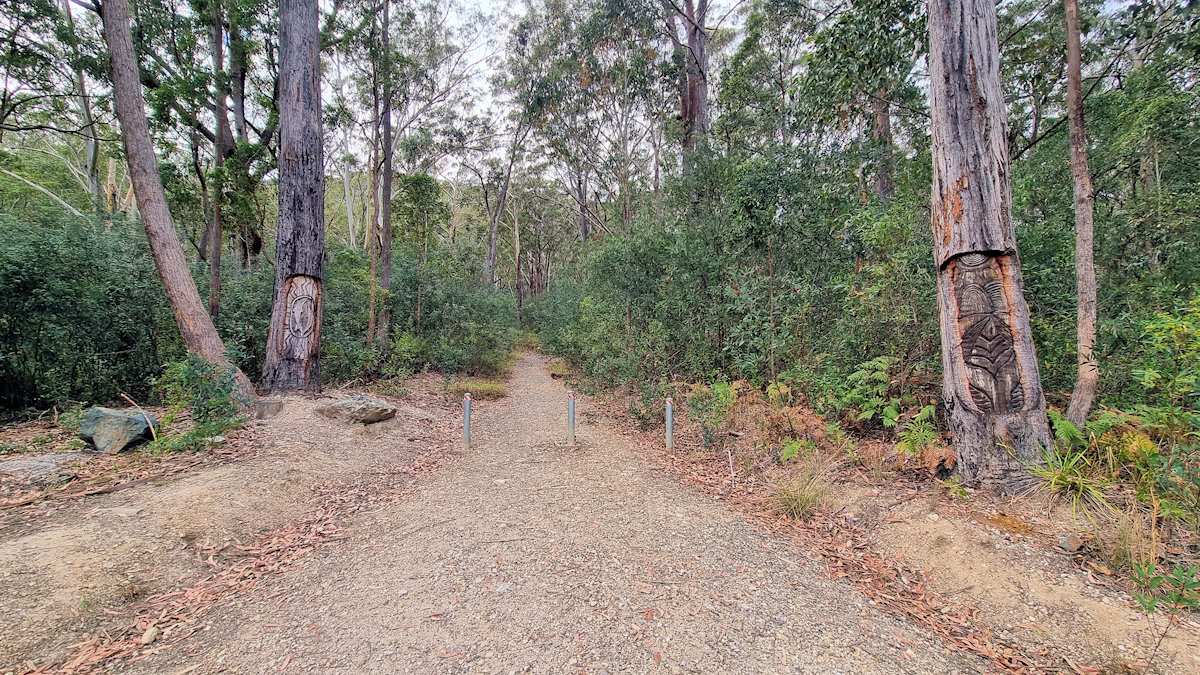Tag: NSW
-
Seal Rocks New South Wales

Seal Rocks New South Wales Australia With a population of under 100, the small village of Seal Rocks on the NSW mid-north coast is a wonderfully relaxed beach and surfing paradise. At a little under 2 hours’ drive from Newcastle, it’s a popular holiday spot and can become crowded, during summer and school holidays. Part… Read more
-
Bennetts Head Lookout

Bennetts Head Lookout Located on the Bicentenial Way in Forster New South Wales, Bennetts Head Lookout is a popular place for whale watching during migration season. We were lucky and saw a few swimming south, but they were too far out to get a good look. Several tour operators provide whale watching trips locally, with… Read more
-
Boolah-Dillah Track

Boolah-Dillah Track Located near the New South Wales Mid-north coast Town of Bulahdelah, the Boolah-Dillah Track is an Aboriginal Place of cultural significance. Carved trees decorated with Aboriginal carvings can be found along the track. Historically carved trees were markers for burials, safe travelling paths, boundaries and had an important role in ceremony for the… Read more